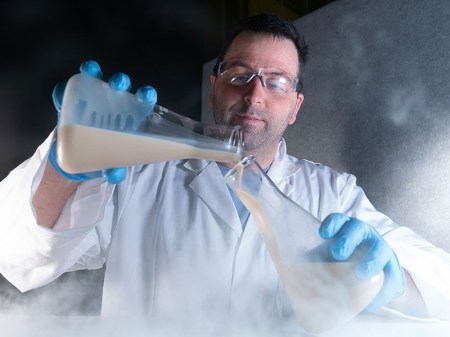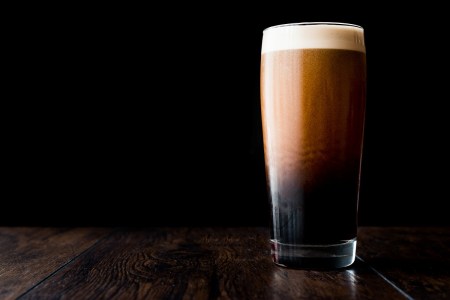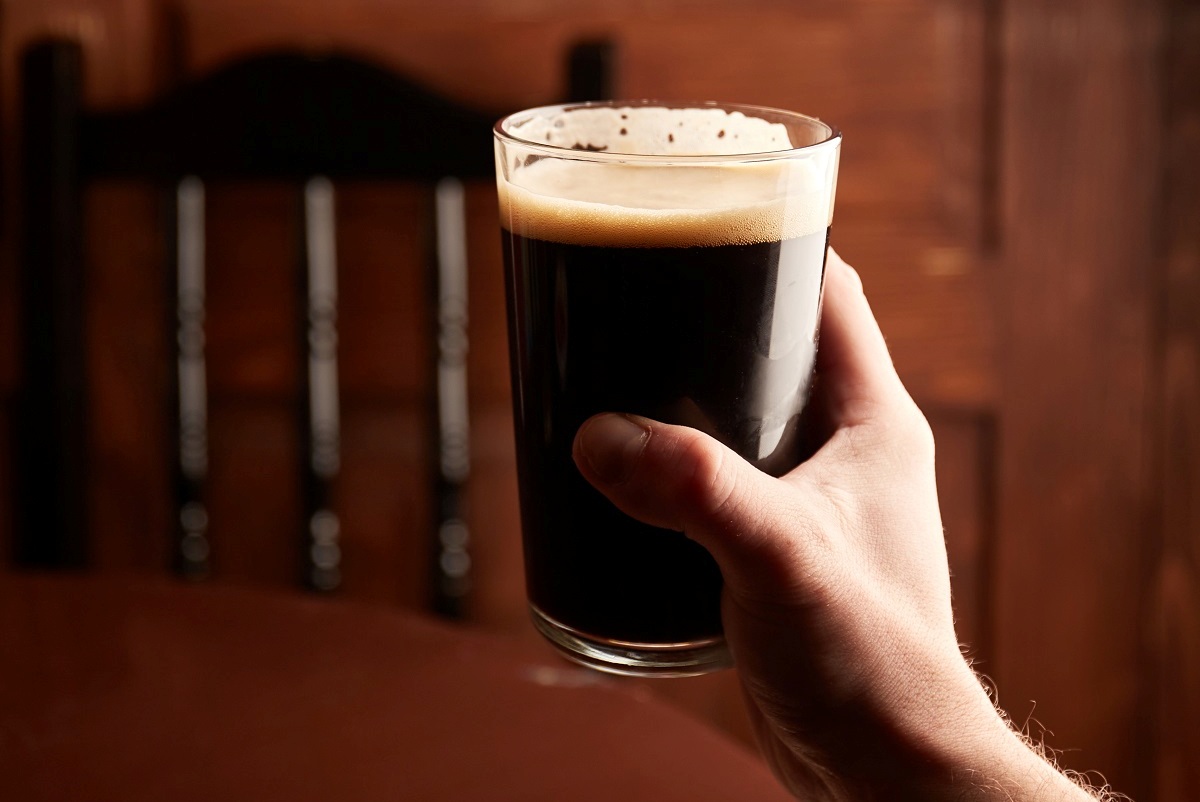Back in the late 1800s and early 1900s, when water was not safe enough to drink, lower alcohol beers were being made in the UK for the whole family’s consumption. The presence of ethanol and the low pH properties of beer made the once rancid water now drinkable. Fast forward a century and people are still drinking lower alcohol beers, but for very different reasons indeed! Therefore, because one of life’s true pleasures as the temperature drops is a pint of Irish Stout, we’re creating our own and dialling the ABV way down so it can join the ranks of your lower alcohol brews.
Over the years of brewing and drinking, we go through stages of what we like and don’t like. And now, speaking from an ageing dad’s point of view, the lower alcohol beers are becoming more and more attractive. Footy at 7:30am on Saturday? Swimming lessons at 8am on Sunday? It’s not hard to see why. But it’s not just some in my demographic that are seeing the benefits to be gained, it’s a whole raft of people with a range of accompanying reasons why there’s an ever-growing market for low alcohol beers.
Beers at the lower end of the ABV spectrum have gotten a bad rap in the past, however, and possibly for good reason too. They were thin, watery and often lacked that “real beer” taste. Personally, when I was told by my medical professionals that I had to stop drinking for a while, my world nearly came crashing down around me. A brewer and beer nerd that could not drink, imagine that! I got on to ultra low (<0.5 per cent) and alcohol free beers and got some interesting results. It became pretty obvious that breweries that had the money to invest in the equipment were producing the better examples, but none of them were that bad, well most of them at least and I was happy to see the industry embracing this new beer style and trying different things to make them better.
When it comes to home brewing no or ultra-low alcohol beers at home, there are some areas of major concern. Some of the main reasons beer has become such a safe and relatively stable product are the low pH levels and the presence of ethanol. Both factors will keep most spoilage organisms at bay – most! At some point we have all done a bad batch or had a few bad bottles. Am I right? Yes, I thought so. Imagine what would happen in your bottled beer (with a high amount of residual sugars) if there wasn’t ethanol, or very little, to assist in killing these spoilage organisms. There is, however, a way around the risk of having bottles explode for home brewers, but you must be prepared to pasteurise your beer once it is bottled. This will mean heating up your HLT or kettle to 68°C and place your bottled beer in it for a few minutes to achieve the minimum amount of PU (pasteurising units).

Derek Lacey from Bluestone Yeast (pictured) said: “The biggest issue that homebrewers are going to face is contamination of their low alc beer from bacteria or regular yeast that will ferment the remaining fermentables in the beer. The best way to avoid this is to pasteurise the beer after bottling by using their brewing equipment set to 65°C and bring the bottles up to temperature for five to 10 minutes. That should kill any organisms in the bottle and protect the beer. Otherwise heat the beer through their heat exchanger as they keg it. However, this is a more difficult process, because it is the addition of heat and time and pressure that kills the organisms. The formula is defined by the equation: PU (pasteurising units) = (time in minutes) x 1.393 exp(T-60), where T is the temperature in Celsius. The higher the temperature the shorter the hold time.”
Mash temperature has a vital part in the low alcohol brewing process. Increasing the mash temperature will promote certain enzyme activity resulting in a lower fermentability with more residual sugars, and this is where most home brewers will have great success.
The addition of lactose or even other grains such as rye and un-malted barley and wheat will give the beer a fuller bodied beer mouthfeel and help to disguise the “worty” taste that is often the result.
How to de-alcoholise beer
There are a few ways to produce a beer with little to no ethanol. The first method requires a lot of expensive equipment and is way out of reach for most craft breweries let along home brewers. Vacuum distillation or reverse osmosis filtration will remove the ethanol from the finished beer and result in a low to no alcohol beer. This will result in a more genuine taste as compared to this next method.
Yeast strain selection is the other main way to reduce the alcohol levels, and these are growing in popularity and are available from a few yeast suppliers. These strains of Saccharomyces Cerevisiae will only ferment out a portion of the available fermentable sugars, and not the main maltose and maltotriose sugars resulting in a wort that is only 10 to 15% fermentable. This will mean that there will be unfermented sugars in the wort, giving a “worty” taste, but also potential for problems later down the packaging line (potential for further fermentation). This can result in higher ABV as stated on the can (a big no-no with the ATO), and also exploding bottles as the gasses produced in the bottle will result in a much higher pressure than what it is designed to hold.
Brew day
I love an Irish Stout for many reasons, but this version is great for sessionability. At under 4 per cent it’s very drinkable and an extremely satisfying pint – further proof that beers don’t have to be high ABV to be great. If you have access to nitrogen, go ahead and nitrogenate this beer for a more authentic version. Get your brewing water right and aim for Dublin water specs as its higher alkalinity is suited to dry stouts. If you want a dryer stout, use White Labs London Ale WLP013, or for a more estery, or slightly fruity stout, use Wyeast London Ale III 1318. Either will still give you a malty crisp beer.

Low-alc Irish Stout
All grain (expected figures)
OG: 1.040
FG: 1.010
ABV: 3.9%
IBU: 45
Volume: 19 litres
Ingredients
2.6kg Pale malt
750g Flaked barley
450g Roasted barley
30g Target hop pellets
Wyeast 1318 London Ale III or White Labs WLP013
Method
- Mash in at 68°C for 60 minutes.
- Sparge and transfer to kettle.
- Bring to a boil and add all Target hops.
- At 60 minutes, flame out and whirlpool.
- Cool wort to 18°C and run into fermenter.
- Oxygenate or aerate and pitch yeast.
- Ferment and maintain 18°C.
- When FG stabilises, keg or bottle as usual.
- Enjoy fresh.
Extract with specialty grains (expected figures)
OG: 1.040
FG: 1.010
ABV: 3.9%
IBU: 45
Volume: 19 litres
Ingredients
1.95kg Pale extract
750g Flaked barley
450g Roasted barley
30g Target hop pellets
Wyeast 1318 London Ale III or White Labs WLP013
Method
- Heat 6 litres of water in your brew pot to 68°C.
- Place cracked grain in grain bag and mash in for 30 minutes.
- Remove grain and allow to drain, then bring to a boil.
- Add pale extract, stir to mix thoroughly.
- Bring to the boil and add all Target hops, for a 30 minute boil.
- At 30 minutes, flameout and whirlpool.
- Place pot in an ice bath and cool wort then add into fermenter leaving behind as much sediment and trub as possible.
- Add cool fresh filtered water up to 17 litres, checking temp constantly to hit 18°C.
- Top up last 2 litres with cool or warm water to hit 19 litres at 18°C.
- Oxygenate or aerate and pitch yeast.
- Maintain 18°C during fermentation.
- When FG stabilises, keg or bottle as usual.
- Enjoy fresh.
This recipe originally appeared in a previous issue of Beer & Brewer. For all the other recipes in our continuing weekly series, head here. If you have a recipe you’d like to share with us, email Deb on djackson@intermedia.com.au.

